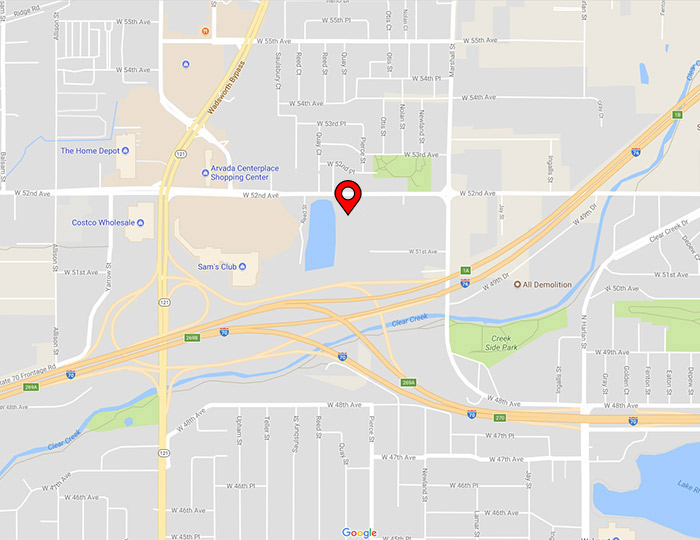Those with frequent exposure to cold water – most commonly surfers and swimmers – often suffer from reactive exostosis, an inflammation of the bone in the ear canal that leads to the formation of new bone growth. Known medically as exostosis but referred to informally as surfer’s ear, this condition causes bone to thicken, leading to a narrowing (and occasionally, a complete blockage or “occlusion”) of the ear canal. It can result in significant conductive hearing loss over time.
Symptoms
As the ear canal narrows, water can become trapped inside, resulting in frequent ear infections. The infections as well as a loss of hearing and the sensation of “plugged up” ears that do not drain are the primary symptoms of surfer’s ear. The condition itself is not dangerous, but left untreated the danger of occlusion and an accompanying hearing loss increases.
Treatment
Treatment usually involves an outpatient surgical procedure known as canalplasty. This procedure is performed under general anesthesia. A surgeon uses a binocular microscope and drilling or chiseling out the bone growth. The surgeon usually performs this surgery through the ear canal, but may also make an incision behind the ear. While recovering from this procedure, it is very important to not expose the ear canal to water, as this could lead to further infections. Recovery takes between a few weeks and a few months.
Prevention
Avoiding surfing and swimming in extremely cold water or during especially windy conditions is the key to preventing surfer’s ear. In addition, keeping the ear canals warm and dry by wearing earplugs, a swim cap or a hood can all help. Custom earmolds are your best bet to ensuring a tight seal and all-day comfort.
Call Mile High Otolaryngology at (303) 487-0834 for more information or to schedule an appointment.


